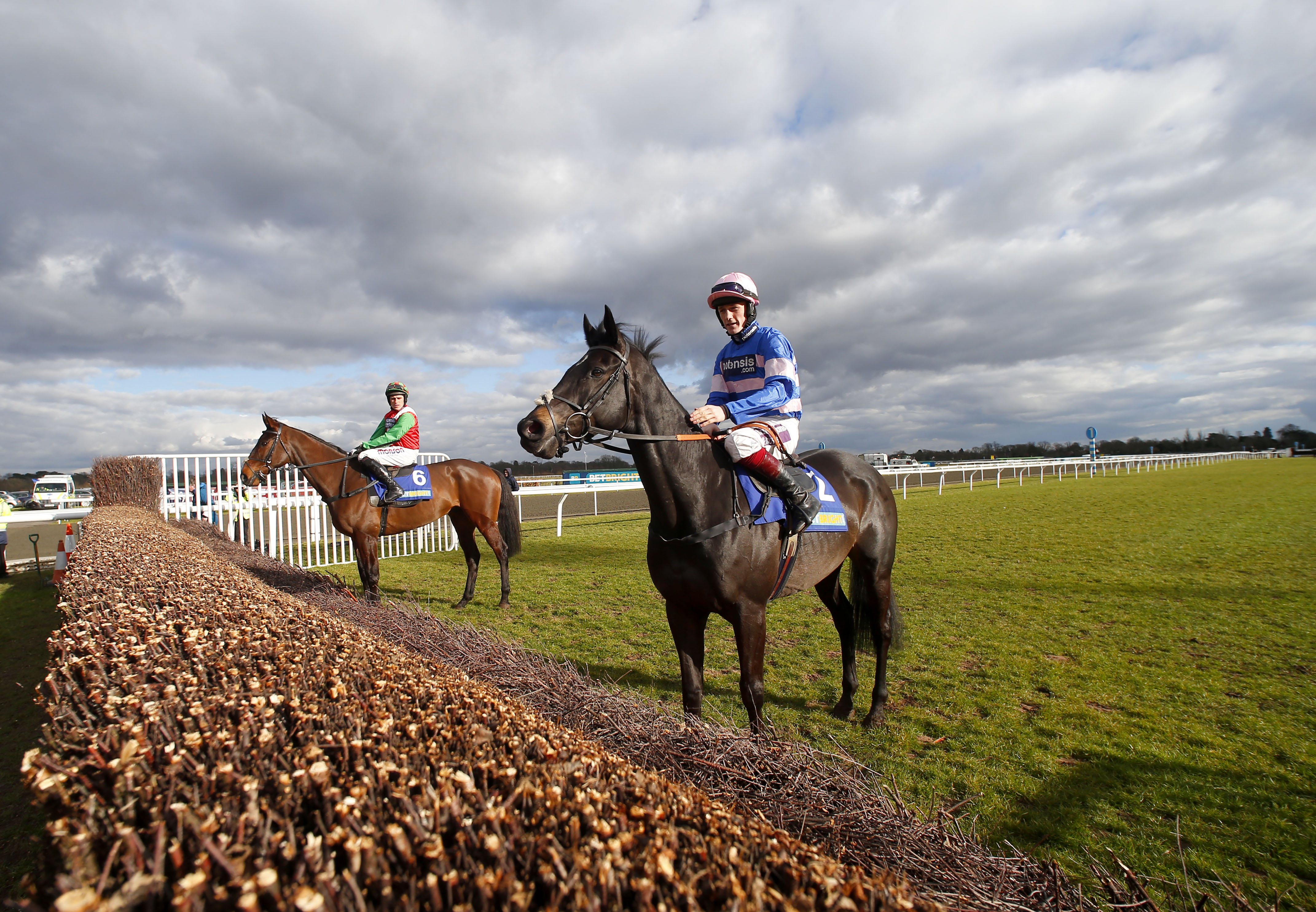THE CASE AGAINST HANDICAPPING RESTRICTIONS IN NOVICE CHASES

 From time to time it is suggested that the solution to attracting more runners into Novice Chases is to place restrictions on the Handicapping team’s reaction to performances in such races. This was most recently put forward in a column by Colin Russell in the Racing Post which was based on the theory that small fields in weight for age Novice Chases are caused by fear of how much the Handicappers might raise horses that run well. Colin argued that to address this concern, the Handicappers should be restricted to raising any winner of such a race by 10lbs and any placed horse by 5lbs other participants should not be raised at all, writes Head of Handicapping Phil Smith.
From time to time it is suggested that the solution to attracting more runners into Novice Chases is to place restrictions on the Handicapping team’s reaction to performances in such races. This was most recently put forward in a column by Colin Russell in the Racing Post which was based on the theory that small fields in weight for age Novice Chases are caused by fear of how much the Handicappers might raise horses that run well. Colin argued that to address this concern, the Handicappers should be restricted to raising any winner of such a race by 10lbs and any placed horse by 5lbs other participants should not be raised at all, writes Head of Handicapping Phil Smith.
As I have assessed the majority of Novice Chases this summer I went through my files to see if the rises I have given to horses in these races have been disproportionate. We have now had four and a half months of the 2016/2017 Jump season and there have been 49 Novice or Beginners’ Chases which seems a reasonable number when put alongside the much larger number of Novice Handicap Chases.
There have been 264 runners in the 49 races giving an average field size of just 5.4. Of the 49 winners, 14 have had their handicap rating put up with 35 left on their current mark. Of the 14 winners put up, the average rise was 5lbs and the biggest was 12lbs. This was the only double figure rise which the article wanted to restrict. As it happens this horse, Gabrial The Great, was then dropped 6lbs for finishing third in a Novice Chase and on Sunday he won a 0-140 Handicap Chase.
Of the 49 horses that have finished second only 5 have been put up with an average figure of 5lbs. Only 2 of these horses were put up by 7lbs which would not have been permitted under Colin’s idea. Actually 14 horses have been dropped for finishing second and the other 30 have been left alone.
There have been 46 horses that have finished third as three races have had only 2 finishers. One horse was put up 13lbs. It was a 61 rated horse and, having spoken to connections, they were keen to get the horse’s rating raised to what it had achieved so that it could run in handicaps off a proper weight off 74. It has subsequently been placed 4 times carrying 10 stone in 0-100 handicaps. Only one other horse finishing third has been raised and then by only 2lbs. 24 have been left and 20 have been dropped an average of just under 4lbs.
No horse out of the first three has been raised but they have been dropped a total of 171lbs. As a result, the net amount the 264 runners in Novice Chases have been dropped so far this season is 188lbs.
So as this evidence illustrates, the fear of a big rise in a handicap rating for finishing close up in a Novice Chase behind a higher rated horse is a perception not a reality.
Of course there is a big downside of placing a restriction on the Handicapper as proposed. Our aim as Handicappers is to produce ratings that give horses equal opportunities. We are trying to provide a level playing field where no horse is favoured at the weights over another.
Although the evidence shows that it wouldn’t happen on a regular basis, restricting the Handicappers from applying this principle would simply contaminate the ratings file and undermine the principle of fairness it seeks to deliver. A small number of horses would be favoured at the expense of a much larger number of horses that would have to take them on at disadvantageous terms.
The issue of field sizes in Novice Chases is a cause for concern and the sport should debate all possible solutions as these races have a vital role to play in developing stars of the future. Putting restrictions on the Handicappers when rating races, however, is one idea that I believe would come with a very big price to pay.
